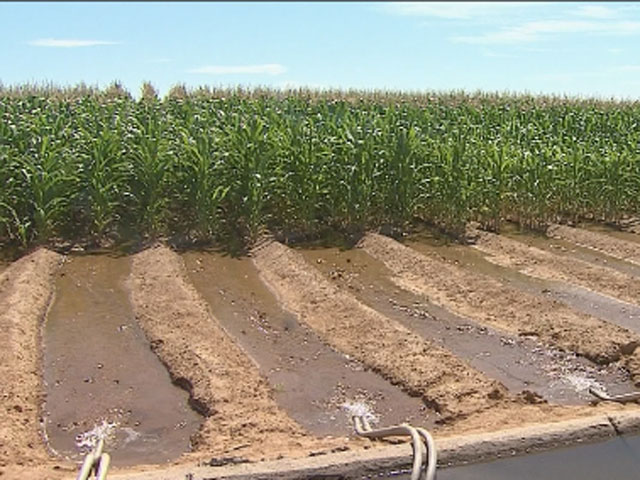State to study level of PFAS toxins reaching Colorado’s crops
By Logan Smith | CBS Denver | December 7, 2020

Read the full article by Logan Smith (CBS Denver)
“(CBS4) — State agencies are assessing new data compiled by Colorado researchers that suggests a family of toxic chemicals could be reaching the state’s vegetables – and thus potentially consumers – through contaminated irrigation.
The Colorado Department of Public Health and Environment and the Colorado Department of Agriculture are examining the potential contamination of irrigation waterways in areas that have previously been tested for contamination of drinking water.
In July, CDPHE announced the results of extensive testing of the state’s water sources for PFAS, or perfluoroalkyls and polyfluoroalkyls substances. PFAS have been dubbed ‘forever chemicals,’ a reference to their resistance to decay. They are widely used in consumer products and industry applications due to their resistance to oil, grease, water and heat, as stated by the U.S. Food and Drug Administration. Notably used in Teflon, they more recently came to be known for their use in older firefighting foams used at airports, particularly following water testing downstream from those facilities.
U.S. commercial airports are required to phase out use of firefighting foam containing PFAS by 2021 by order of the Federal Aviation Administration. U.S. military bases have been instructed by Congress to phase out its use by 2024.
A firetruck hoses down a fire during a live-fire training exercise Jan. 24, 2020, at Mountain Home Air Force Base, Idaho. (credit: Airman 1st Class Andrew Kobialka/366th Fighter Wing Public Affairs)
CDPHE’s sampling earlier this year accounted for about half of the drinking water systems in the state serving around three-quarters of the population, according to the state health department. The department found four locations tested above healthy limits established by 2016 guidelines set by the Environmental Protection Agency.
However, varying levels were found in every waterway that was tested…”
This content provided by the PFAS Project.
Location:
Topics: